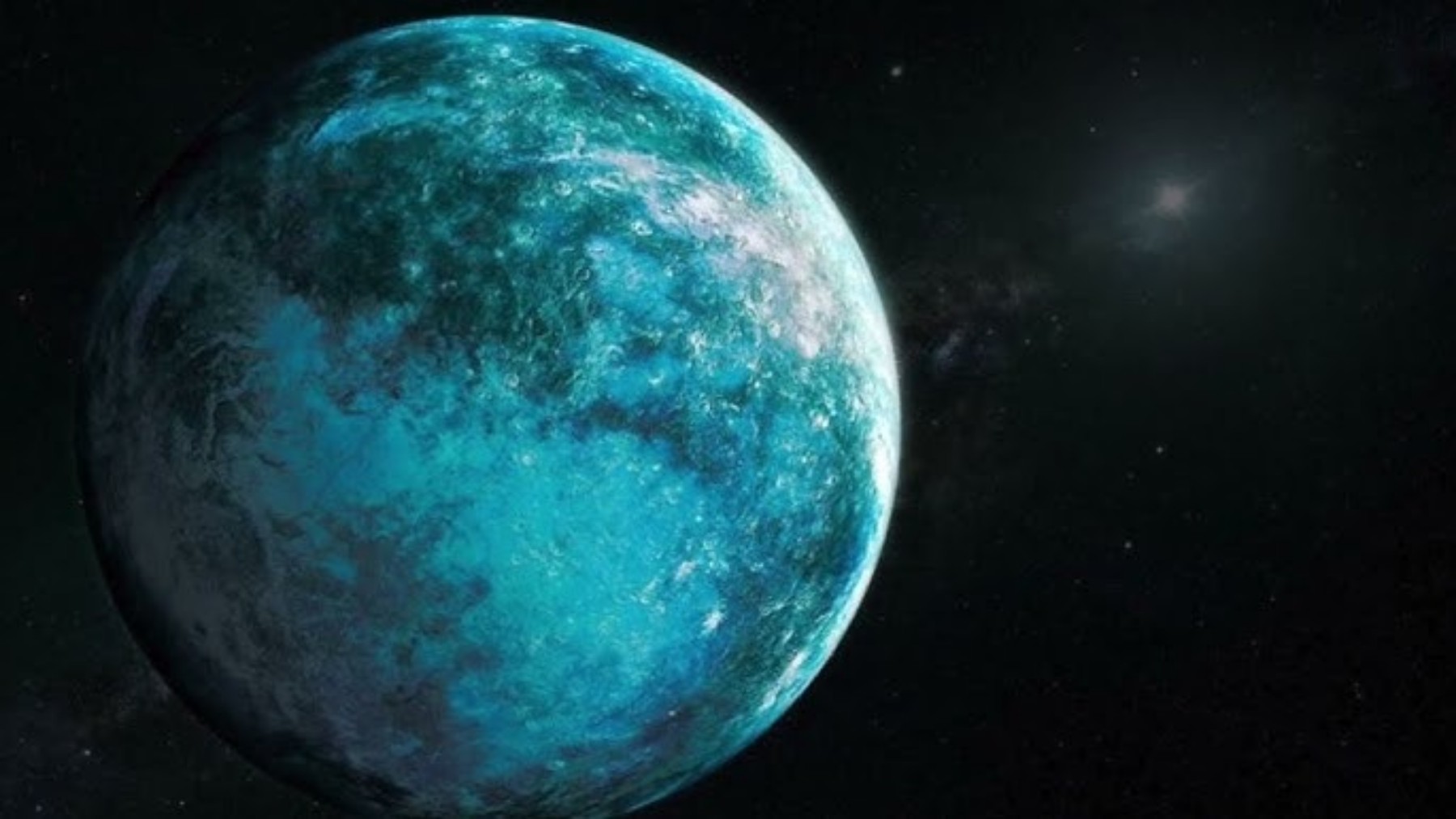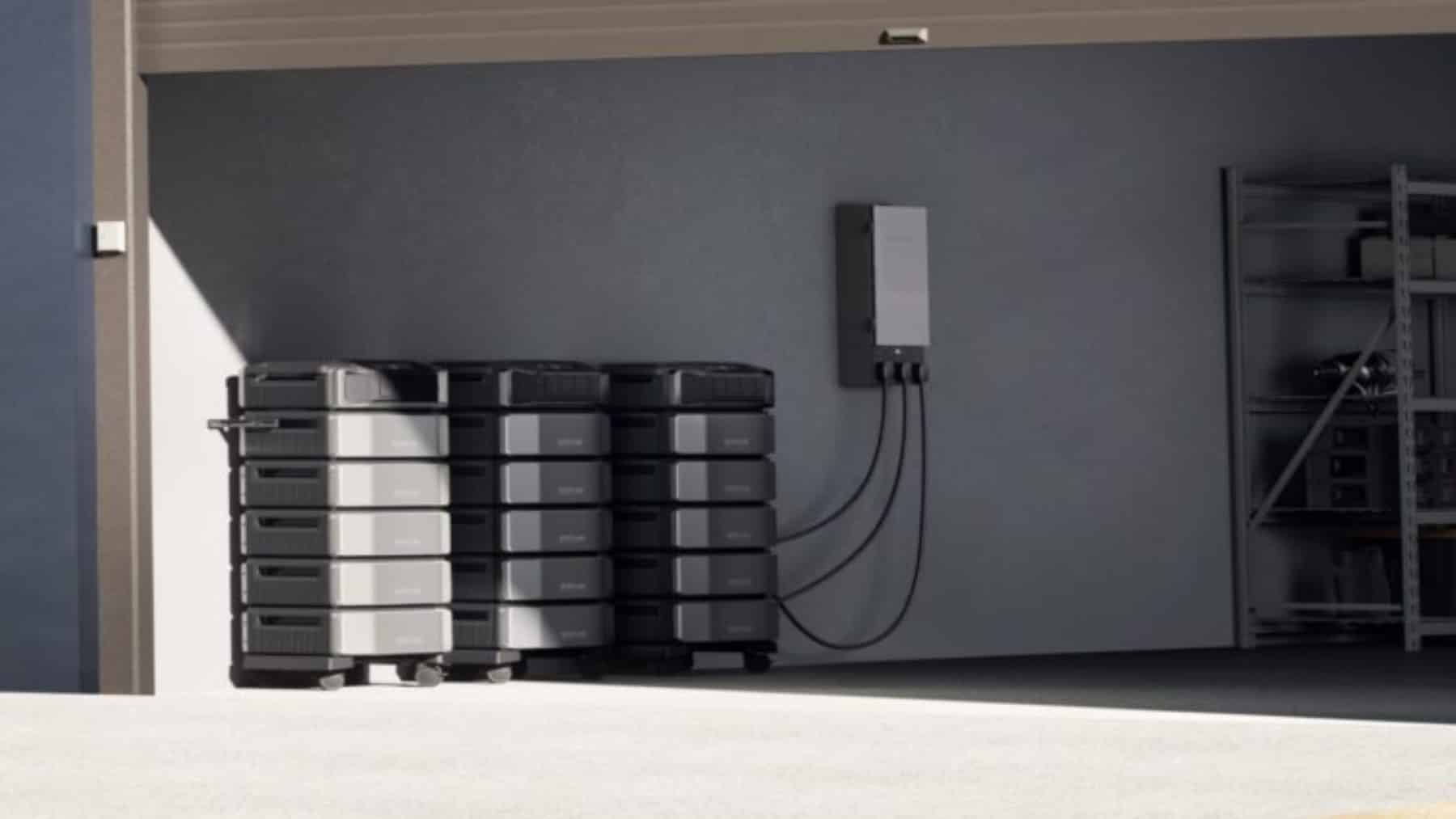A kind of “orbital fossil” called Ammonite (2023 KQ14) has been discovered and has cast doubt on some of the ideas that were believed to be irrefutable about the origin and evolution of the cosmos. This was made possible through the FOSSIL II project carried out with the Subaru Telescope in Hawaii. It is the fourth sednoid object, a rare category of trans-Neptunian bodies, characterized by having very elongated orbits, with a perihelion (the closest point to the Sun) of more than 60 astronomical units (AU) and semi-major axes greater than 200 AU.
The researchers do not believe it is debris from the Kuiper Belt, but rather that it is completely disconnected from the gravitational influence of Neptune. What distinguishes Ammonite from Sedna, 2012 VP113, and Leleākūhonua is that it breaks the clustering pattern that supports the Planet Nine hypothesis. This leads scientists to believe that Ammonite retains the characteristics it had when space originated.
This could help researchers understand and challenge theories that have been considered valid until now. To complement the observations, the Canada-France-Hawaii Telescope was also used, along with data from the DECam observatory. It is expected that upcoming projects, such as the Vera C. Rubin Observatory, will shed more light on this discovery. The article that gathers all the data of this finding was published in Nature Astronomy on July 14, 2025.
Ammonite, 2023 KQ14
Described as a tiny frozen body found beyond Pluto, Ammonite seems to have overturned everything that was previously believed to be known about the origin and evolution of the cosmos. It gets its name from marine fossils, ammonites, and it is believed that its trajectory has not changed since the origin of the solar system. Its official name is 2023 KQ14, and it has been defined as a sednoid, that is, a category of trans-Neptunian bodies characterized by having orbits elongated, perihelion greater than 60 AU, and major semimajor axes exceeding 200 AU.
However, what makes it more special is that it fills a gap in the orbital distributions, and the sizes of its perihelion and semi-axes place it in the ‘superhelion gap’. According to researchers, “this object fills the previously unexplained ‘q gap’ in the observed distribution of distant solar system objects.” It has also not been considered as debris from the Kuiper Belt, as it is detached from the gravitational influence of Neptune.
What makes it so special?
Another of the qualities that makes it different is the stability of its orbit. The study has conducted numerical simulations forward and backward in time over 4.5 billion years, resulting in: ‘none of the 1,000 clones shows evidence of resonant behavior in their orbital history.’ What does this mean? That its orbit can be used to test theories about the origin of the solar system. Long story short, Ammonite maintains the characteristics it had when the solar system originated, which helps researchers to find out more about it.
Planet 9, Planet X
Does Planet 9 exist? It is a hypothetical planet that researchers locate beyond Neptune, and whose gravity would explain the orbital groupings occurring in the Kuiper Belt. The problem that Ammonite presents is that, unlike the known sednoids so far, Sedna, 2012 VP113, and Leleākūhonua, the alignment of their orbits is opposite. This statement undermines the hypothesis of Planet 9 and the presence of its orbit. Following this discovery, it is believed that in any case, Planet 9 would be much farther away than previously thought.
Looking to the future
This finding relies not only on the data obtained from the FOSSIL II project, but it was also complemented with data from the Canada-France-Hawaii Telescope and with old records from the DECam observatory. Although the discovery implies a window into understanding the origin of the cosmos, the researchers are hopeful about projects like that of the Vera C. Rubin Observatory.
A new telescope that could resolve the mysteries of the cosmos… when will it be ready?





